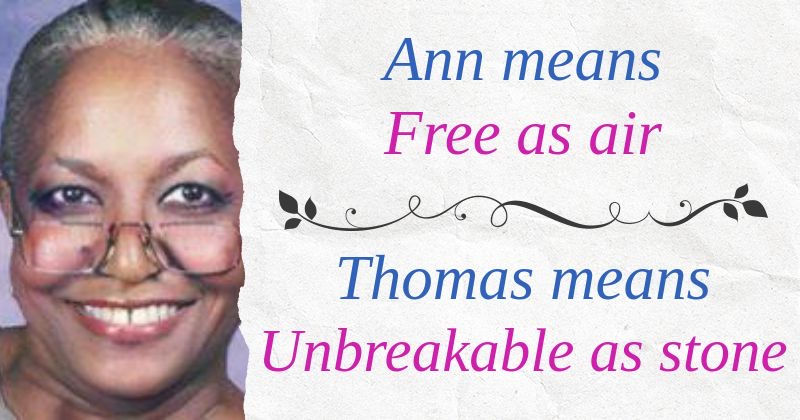Tick Tock Tango: Unraveling the Quirks of Daylight Shaving Time!
- ladybeththepoet9
- Mar 10, 2024
- 3 min read

In the theater of time, where minutes and hours have the power to shape our days, a peculiar tradition takes center stage twice a year. Daylight Saving Time, that elusive phenomenon of turning back or springing forward our clocks, has become a recurring event in many parts of the world. Today, let us delve into the history of Daylight Saving and explore both the reasons behind its inception and the global diversity in its adoption.
As we venture back to the genesis of this temporal journey, we find ourselves in the year 1905, amidst the fertile landscapes of Germany. It was there that a forward-thinking entomologist by the name of George Hudson first proposed the idea of Daylight Saving. Recognizing the potential benefits of utilizing daylight more efficiently, Hudson lobbied for a system of adjusting the clock to allow for more evening daylight during the summer months. This visionary concept aimed to harness the power of natural light, both conserving energy and affording people more enjoyable leisure time under the sun's warm rays.
Following Hudson's baton, it was another man, William Willett of the United Kingdom, who championed the cause of Daylight Saving at the turn of the 20th century. Inspired by his early morning horseback rides, Willett became increasingly frustrated with the wasted daylight he witnessed during the summertime. In 1907, he published a pamphlet titled "The Waste of Daylight," advocating for the advancement of clocks by 80 minutes in four incremental steps, from April to August. However, it was only after Willett's death in 1915 that his tireless campaign found traction, with Daylight Saving eventually being implemented in the United Kingdom during World War I to conserve coal and increase productivity.

But why was Daylight Saving established to begin with? The primary motivation behind this temporal dance lies in the desire to make better use of natural daylight, particularly during the longer days of summer. By moving the clocks forward, an additional hour of evening daylight is gained, providing opportunities for outdoor activities, reducing energy consumption, and even enhancing road safety.
However, like the intricate web of time itself, the adoption of Daylight Saving is a patchwork quilt of divergent practices across the globe. While many countries enthusiastically embrace this biannual time-shifting ritual, others choose to remain steadfast in the continuity of standard time throughout the year. Reasons for these divergent practices vary, ranging from regional climate differences to cultural and economic considerations. Some argue that the benefits of Daylight Saving, such as energy conservation and increased leisure time, are outweighed by potential drawbacks, including disrupted sleep patterns and negative effects on health and productivity.
Yet, despite the discrepancies, Daylight Saving persists in various parts of the world. Its endurance can be attributed, in part, to the notion of unity and synchronization that it embodies. Crossing borders and spanning continents, this temporal dance serves as a shared ritual, connecting diverse communities through a mutual experience of adjusting their clocks.
Furthermore, the cyclical nature of Daylight Saving continues to ignite conversations and debates, encouraging societies to reflect upon their relationship with time itself. It prompts us to ponder the ever-changing rhythms of nature, the complexities of societal routines, and the balance between tradition and progress.
Ultimately, Daylight Saving is a fascinating tapestry of time, woven by the hands of visionaries and watched over by an array of diverse practices across the globe. It invites us to consider the intricacies of our relationship with time and the ways in which we choose to engage with its shifting tides.
So, as the hands of the clock twirl, let us embrace the symphony of time, knowing that each fluctuation, whether we spring forward or fall back, invites us to live more consciously, appreciate the beauty of daylight, and savor the dance of life itself.





Comments